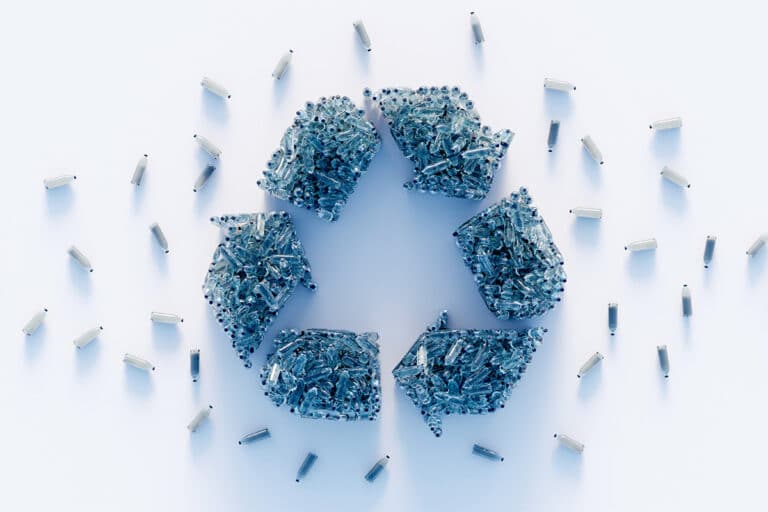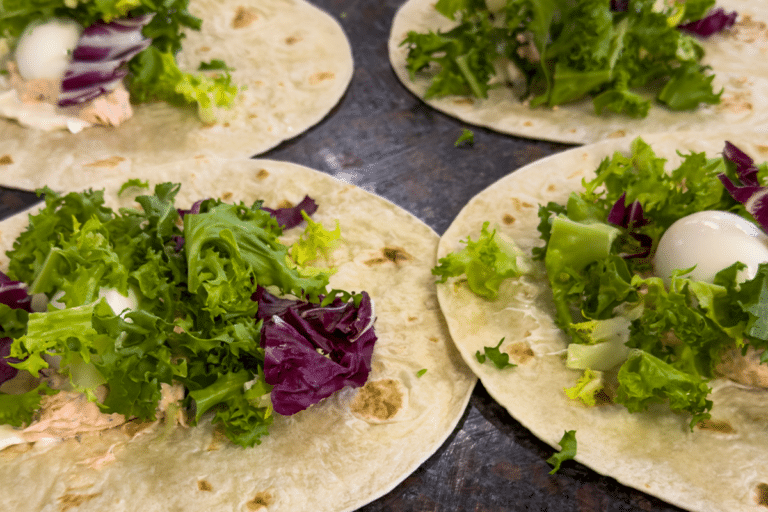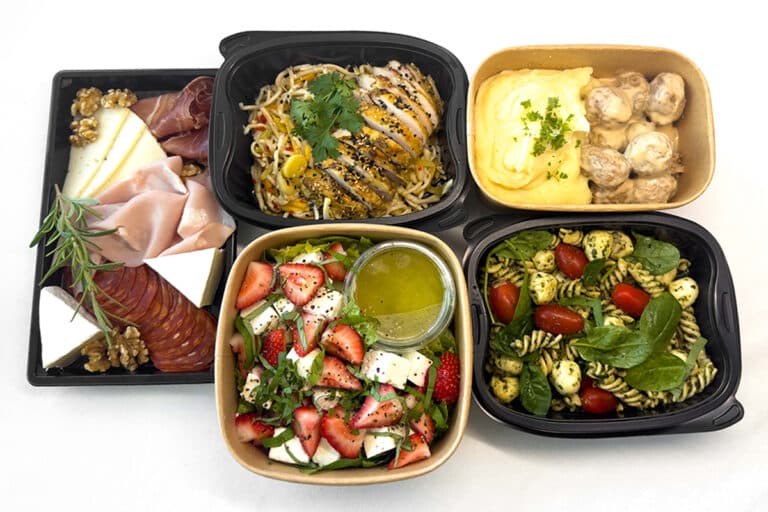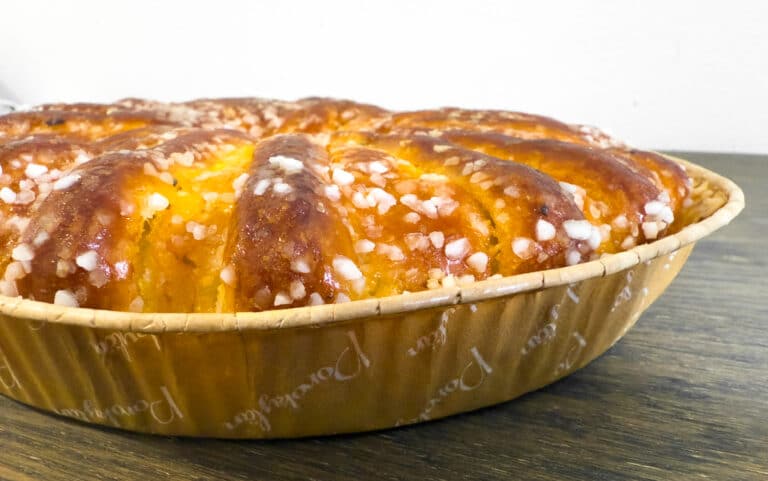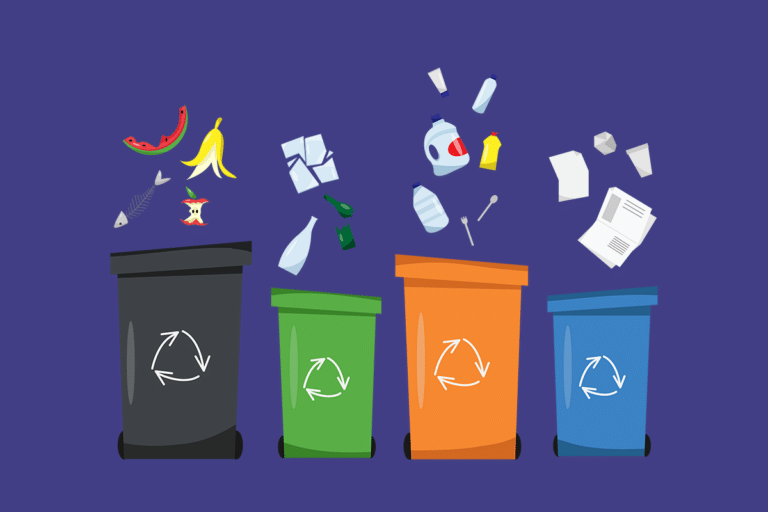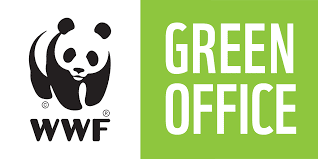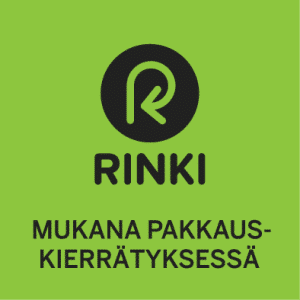The circular economy doesn’t begin with recycling – and it doesn’t end there either
March 18, 2025, marked International Recycling Day. Celebrated since 2018 and initiated by the Bureau of International Recycling (BIR), the day aims to remind us that recycling helps conserve natural resources – and encourages us to see used materials as valuable raw materials, not as waste.
But it’s just as important to understand that the circular economy is much more than recycling. It begins with product design and continues throughout the entire lifecycle – and ideally beyond.
Do we always need to buy something new?
Many of us know the situation: a dress suit or evening gown hanging in the wardrobe, worn once – or not at all. It may have been bought for a special occasion, just in case. Either way, it remains unused. These types of items represent what is known as dormant capital – they exist, but are not in use.
The circular economy offers a different approach. That same suit could circulate from one user to another – rented, maintained, and updated when needed. This way, a single product could serve multiple people over many years, without the need for new production.
This also opens up new business opportunities. What if, instead of selling products, we offered services?
More and more businesses are offering their products for rent, repair or return. A household appliance, for example, might be part of a maintenance service rather than a one-time purchase. In packaging, this could mean reusable solutions or designs that consider recyclability from the very beginning.
Eco-design can take many forms – such as adding QR codes for maintenance instructions, spare parts, or recycling guidelines. Easily dismantled structures and traceable lifecycles make products longer-lasting and more recyclable.
Why is the recycling rate so low?
Although sustainable development is widely discussed in Finland, the statistics tell a different story. Across the EU, around 11.8% of used materials are returned to circulation. In Finland, the figure in 2023 was only 3.3%.
(Source: Finnish Government 2025)
The difference can partly be explained by Finland’s industrial structure. We have a high share of material-intensive heavy industry: forestry, mining, and construction produce large quantities of waste – such as surplus soil and waste rock – that are not yet efficiently reused.
That said, progress is being made. In construction, for instance, materials like windows, doors and floorboards from demolished buildings can find new life – provided that collection and reuse are properly organised.
But it’s not just about industry. Our consumer culture also needs updating. Ownership remains the default – we rarely ask whether something could be rented, borrowed or shared. For the circular economy to truly succeed, both structural and mindset-level changes are needed.
What about the packaging industry?
Compared to many other sectors, the packaging industry is in a relatively good position. A large share of packaging can be sorted by material type and recycled after use.
At the same time, more and more packaging is made from recycled materials, reducing the need for virgin raw materials. The use of recycled plastic and cardboard has become increasingly common, particularly in food packaging and take-away solutions. New monomaterial solutions that are easier to recycle are also under continuous development.
Today, packaging is designed not just for production, but also for daily life. Can it withstand transport? Is it easy to open and reseal? Could it be reused before recycling? Circular thinking is becoming part of everyday reality.
Still, it’s important to recognise that not all packaging materials work the same way. The word biodegradable, for example, inspires confidence – sometimes too much. Not everything labelled as biodegradable will break down naturally without specific conditions such as industrial composting.
What lies ahead?
The EU’s Green Deal and green transition targets are accelerating the development of the circular economy across Europe. Finland’s goal is to double the circular material use rate by 2035.
(https://ym.fi/kiertotalousohjelma)
It’s an ambitious goal – but achievable with the commitment of businesses, lawmakers and individuals alike.
The circular economy isn’t just an environmental act. It’s a response to overconsumption of natural resources, a tool for fighting climate change, and a foundation for building a more sustainable economy. And even though International Recycling Day is only once a year, we can promote the circular economy every day through small daily choices.
What does circularity look like at Ki-Sal?
At Ki-Sal, the circular economy isn’t just a vision for the future – it’s part of our everyday work with packaging solutions.
We help our customers choose packaging that is recyclable and supports product shelf life – because reducing food waste is also part of circular thinking. We also provide documentation and guidance on material composition and recyclability to support our customers in reporting.
We believe that even in wholesale, it’s possible to take steps – small but determined – toward a more circular future.

